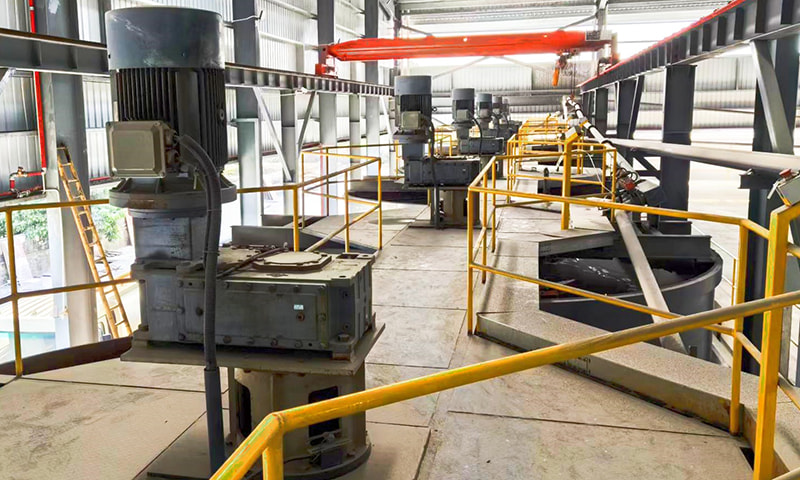In the dynamic realm of modern manufacturing, the Product Autoclaving Section has emerged as a critical innovation, revolutionizing production processes across diverse industries. This specialized equipment is designed to enhance the autoclaving process, ensuring high-quality and stable products.

The Role of the Product Autoclaving Section in Production
The Product Autoclaving Section plays a pivotal role in the production cycle by managing the seamless transition of products during autoclaving treatment. This includes precise coordination of:
Loading, Conveying, and Unloading: Ensuring materials are handled efficiently.
Uniform Pressing and Heating: Facilitating stabilization treatment for better durability and performance.
Enhancing Efficiency and Accuracy
One of the key benefits of the Product Autoclaving Section is its capacity to optimize operational efficiency. Its high-strength structural design and advanced control systems allow it to support large-scale production while maintaining:
High Operational Accuracy: Reducing the risk of errors during treatment.
Enhanced Safety: Ensuring smooth processes and minimizing accidents.
Automation and Monitoring: A Leap Forward
The integration of the Product Autoclaving Section has elevated automation levels in manufacturing.
Automated Loading and Unloading: Speeds up the production process and ensures consistent quality.
Advanced Monitoring Systems: Real-time tracking allows manufacturers to make timely adjustments, ensuring smooth operations.
Applications Across Industries
The versatility of the Product Autoclaving Section is evident in its applications across various industries:
Construction: Used in producing autoclaved aerated concrete (AAC) blocks and panels, known for their insulating and energy-efficient properties.
Aerospace and Automotive: Enhances the mechanical properties of composites for high-performance components.
A Promising Future
The future of the Product Autoclaving Section looks bright, with advancements aimed at:
Improved Energy Efficiency: Reducing power consumption while maintaining output quality.
Increased Processing Speed: Meeting the demands of high-volume production.
Material Compatibility: Expanding its usability across diverse materials.
By ensuring uniform pressing and heating while automating key processes, the Product Autoclaving Section is transforming manufacturing standards. As technology evolves, its role in shaping the future of production will only become more prominent.






